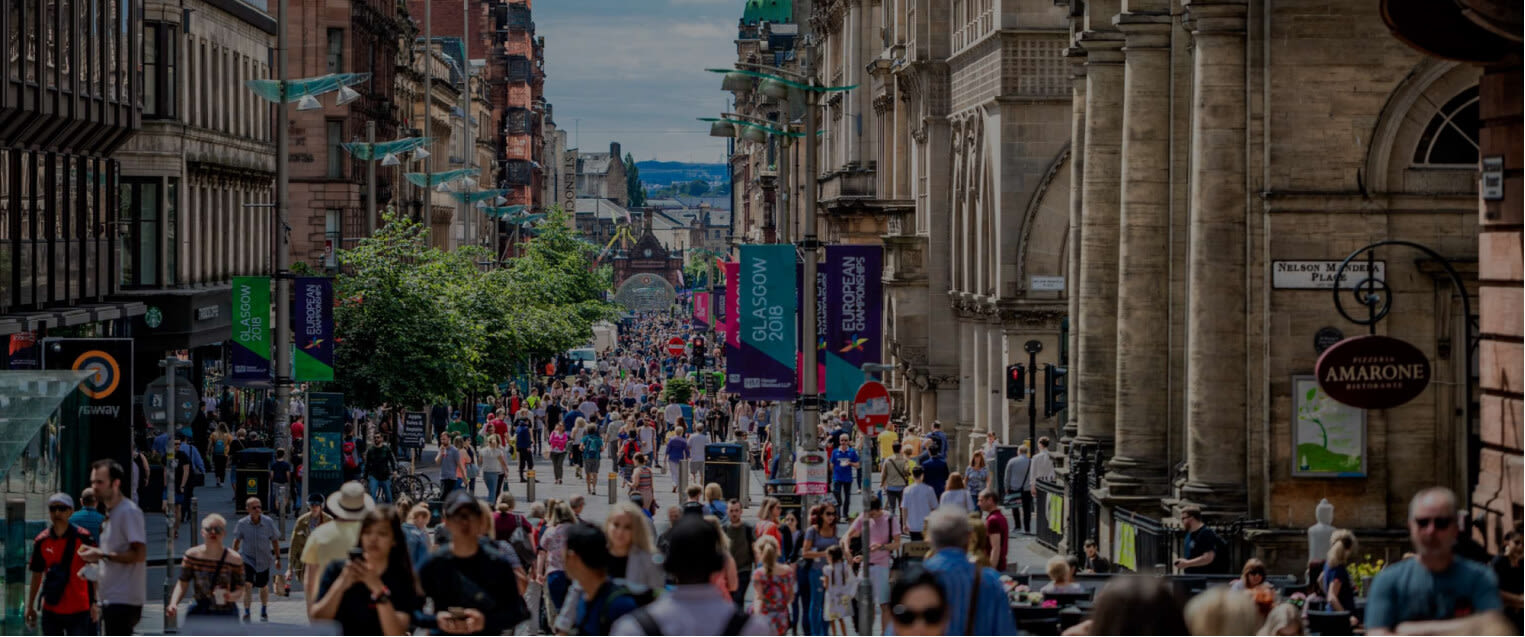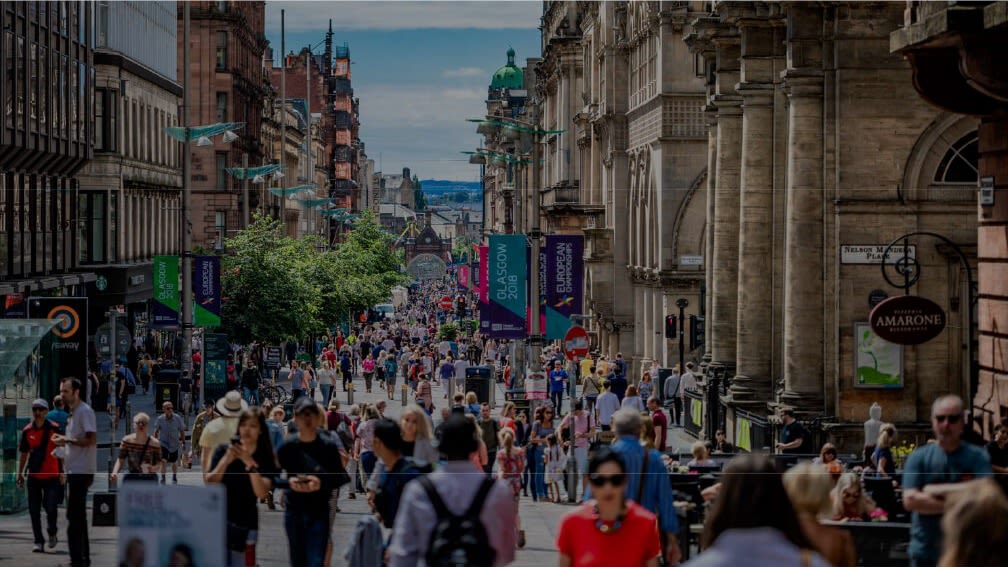By 2050, close to 70% of the world’s population will live in cities. Globally, cities emit 70% of greenhouse gas emissions and produce 50% of global waste. For cities to reach their climate targets and ensure a sustainable future, a circular economycircular economyA systems solution framework that tackles global challenges like climate change, biodiversity loss, waste, and pollution. It is based on three principles, driven by design: eliminate waste and pollution, circulate products and materials (at their highest value), and regenerate nature. is key. Emerging technologies and digital solutions play a vital role in accelerating the transition to a circular economy for cities.
To seek out digital solutions that shape and deliver resilient and thriving cities, the Danish Business Authority teamed up with the Ellen MacArthur Foundation and the cities of Copenhagen, Glasgow, Amsterdam, Toronto, and New York last year to officially launch the Circular Innovation City Challenge.
The Challenge called for innovators, entrepreneurs, businesses and organisations from around the world to submit their digital and data-driven solutions that can help create circular cities. The winners of the Challenge were Go Zero Waste (ES), Concular (DE), Topolytics (UK), Seenons (NL), and Konsido (DK).
Read about some of the case studies below:
Seenons and Copenhagen
The City of Copenhagen identified an opportunity to engage with Seenons, a data and tech-driven circular economy company that matches waste with businesses, who upcycle the waste into new products.
Copenhagen and Seenons joined forces to explore the potentials in a market and logistics system for circulation, recycling, and upcycling of materials for private businesses in Copenhagen.
Glasgow and Topolytics use map resource streams to drive a carbon-neutral city
Glasgow saw an opportunity to engage with UK-based Topolytics- a data -driven circular economy business doing data aggregation analytics that helps map and creates visibility around waste and material streams.
Glasgow and Topolytics sought to make urban resources and material flows tangible and thereby cultivate strong commitments from private operators and ecosystems to drive carbon neutrality in the city.
Public-private innovation opportunities
Cities were given the chance to collaborate with the digital, circular innovation ecosystem and thereby realise their circular potential.






